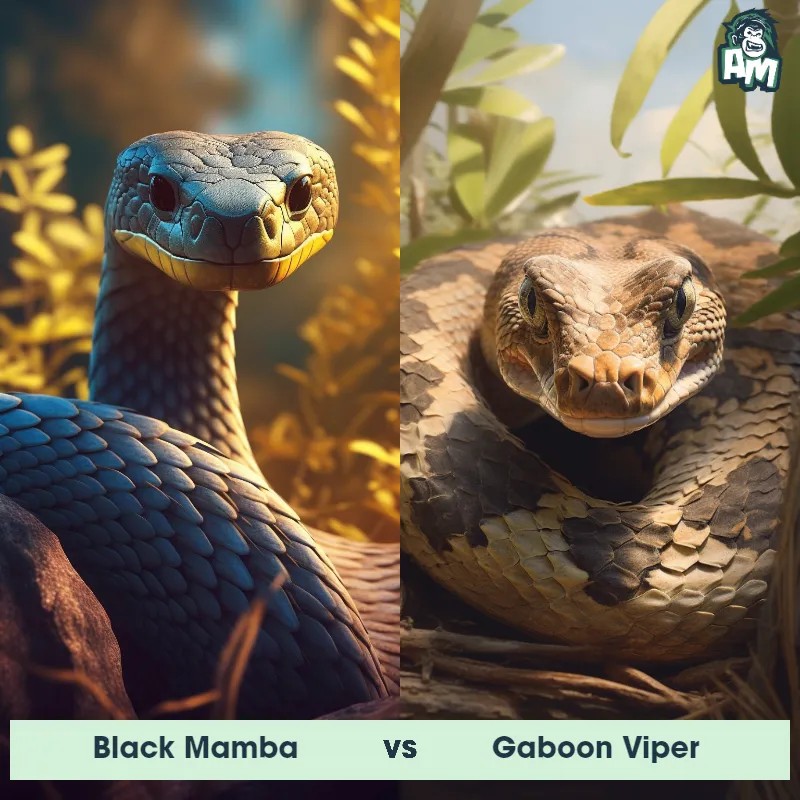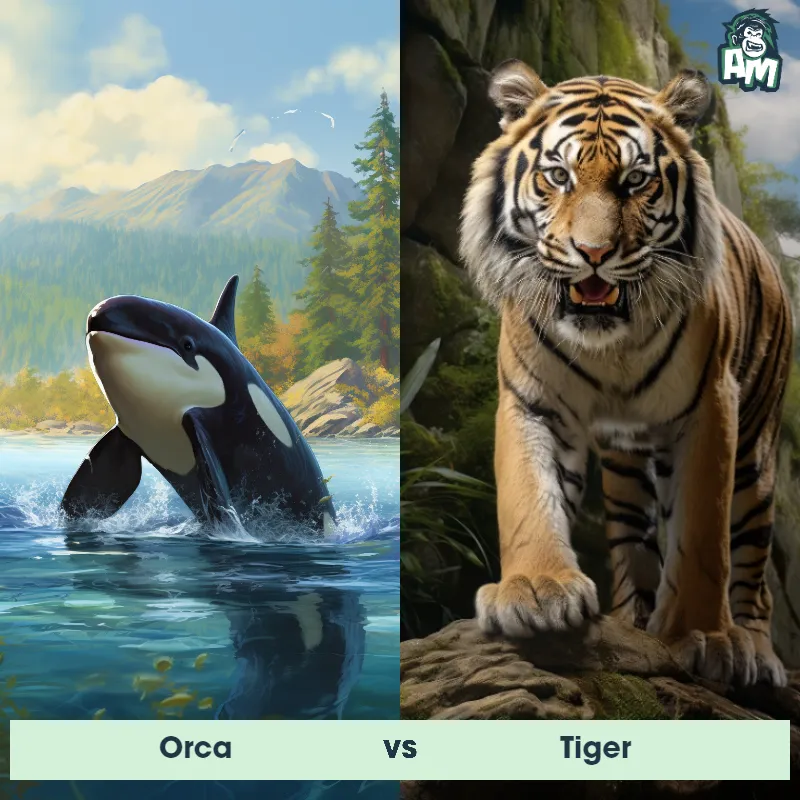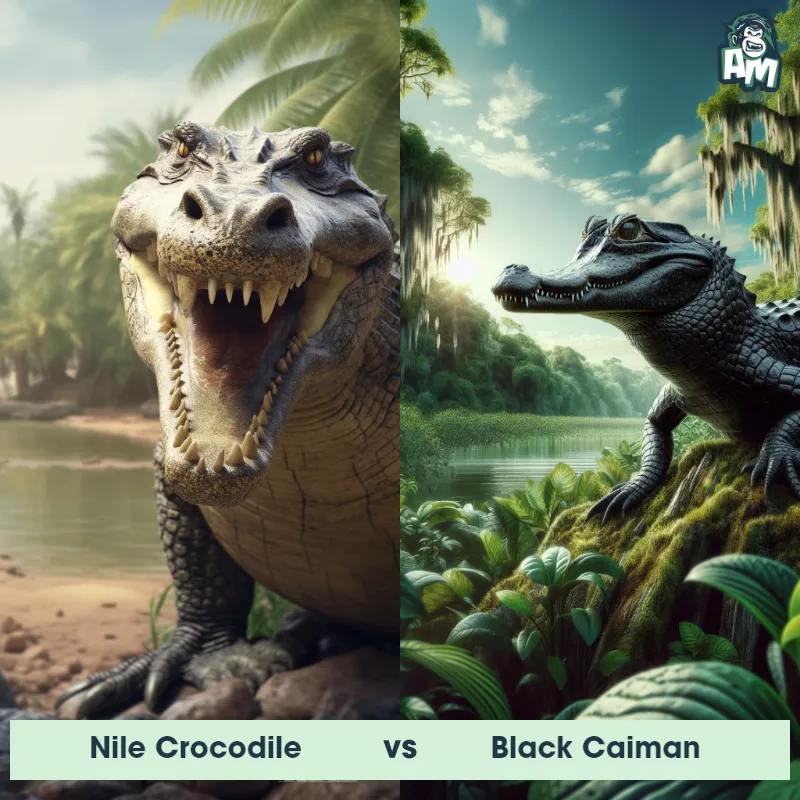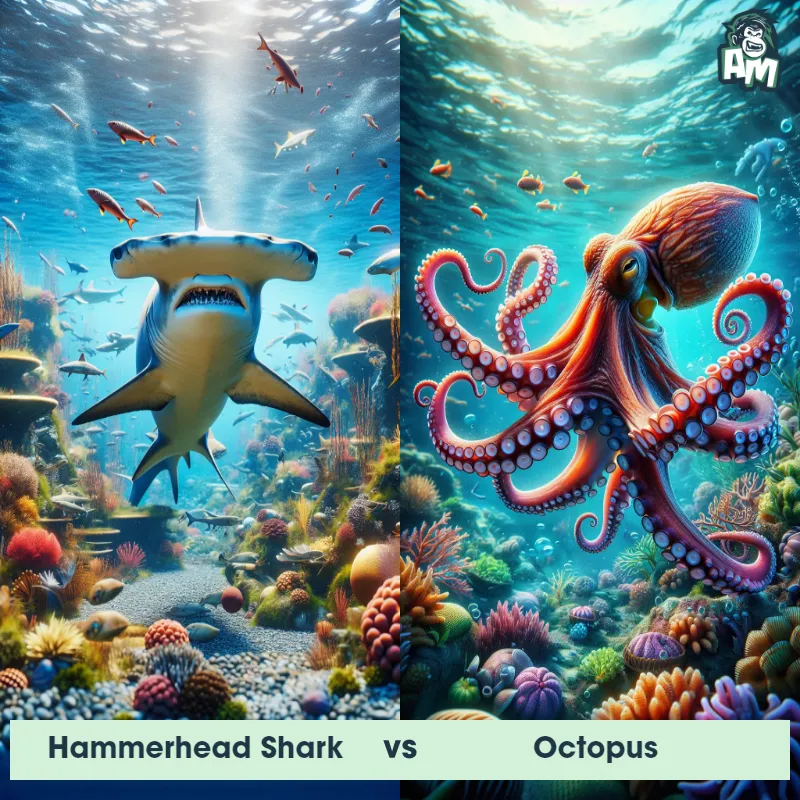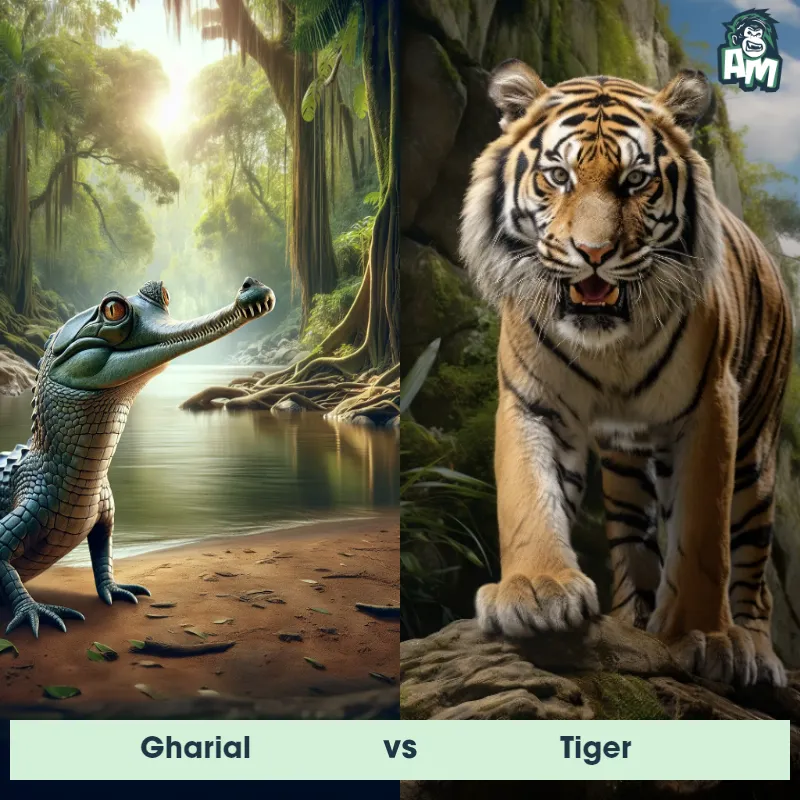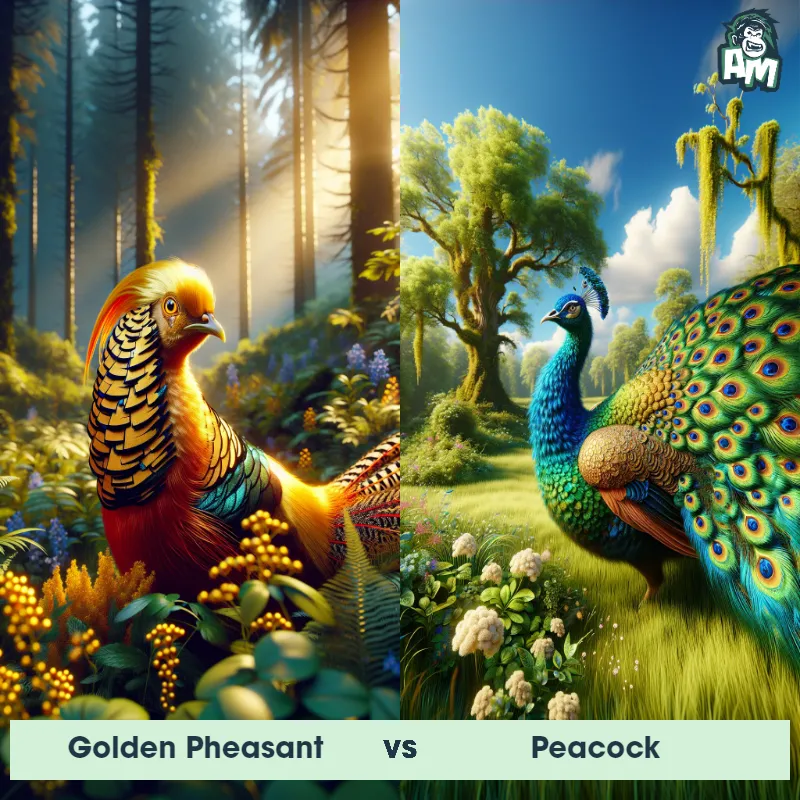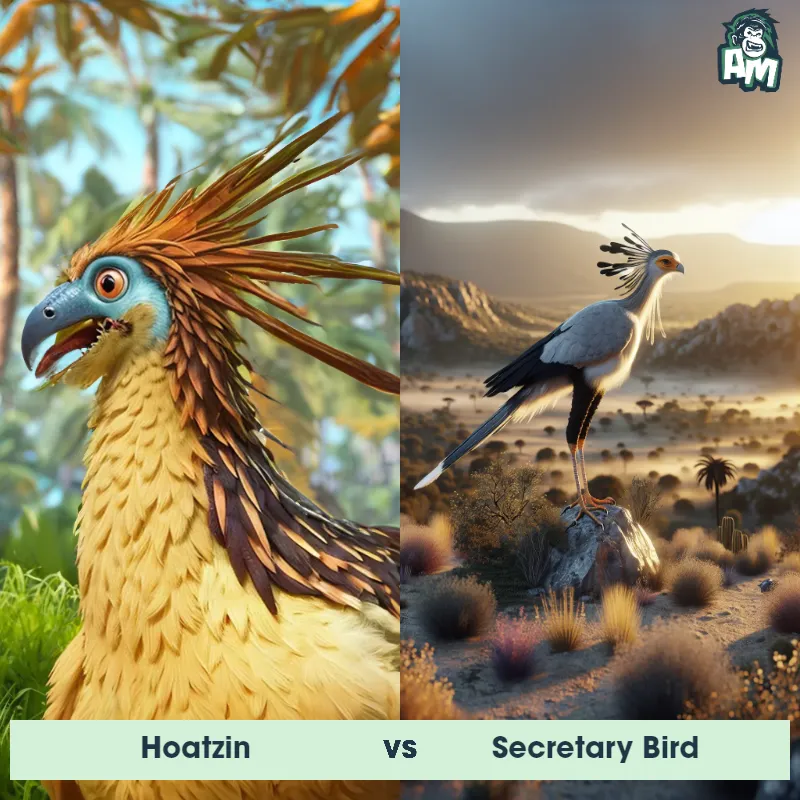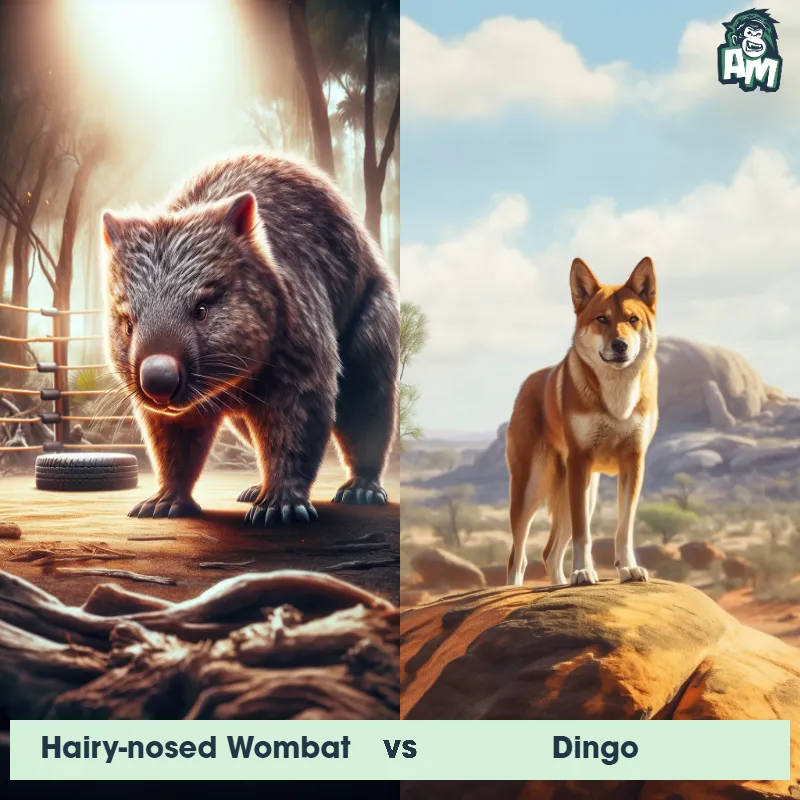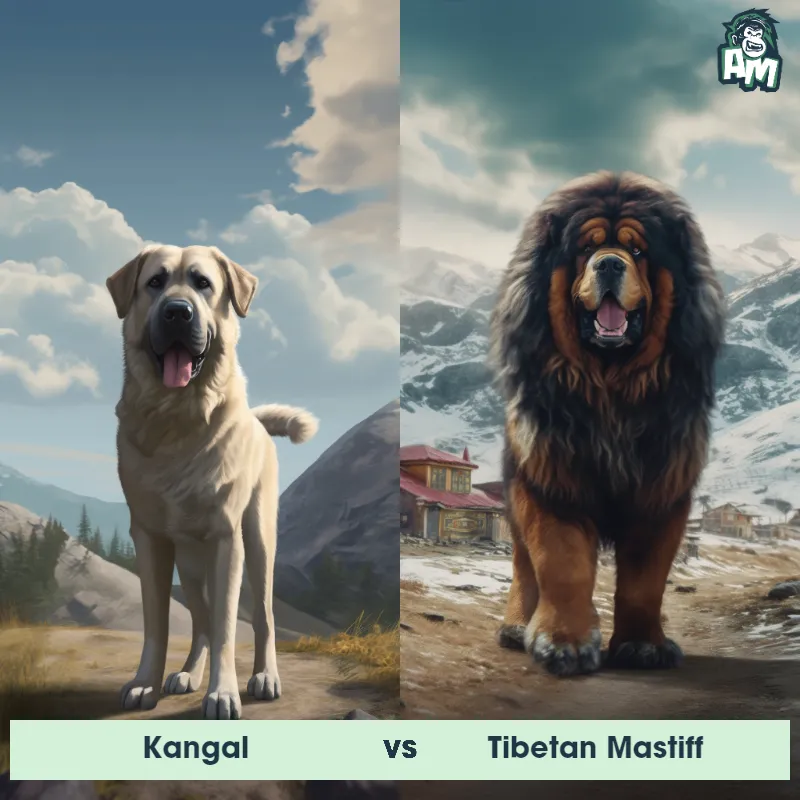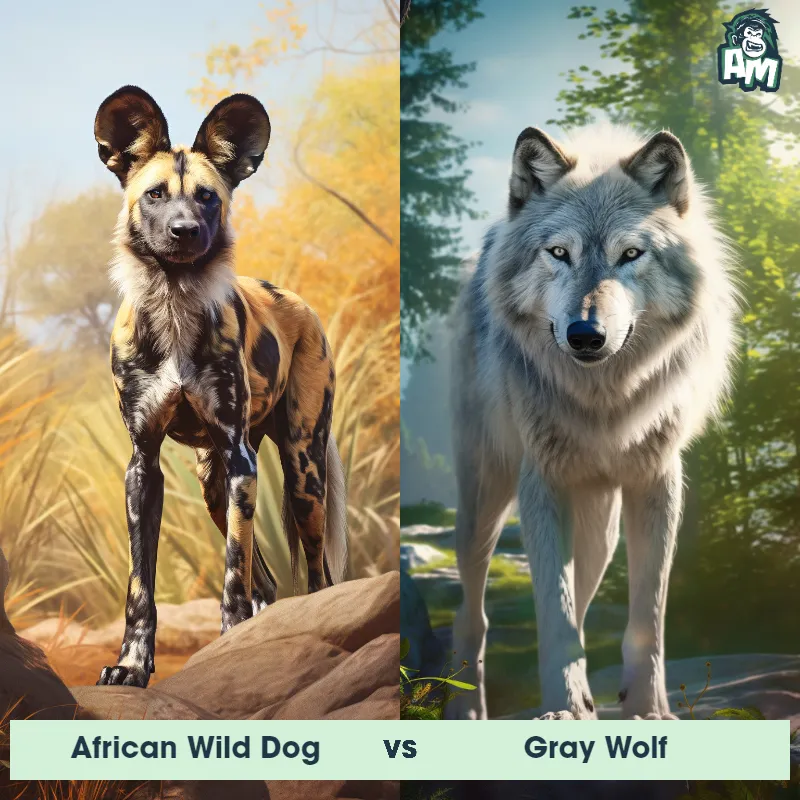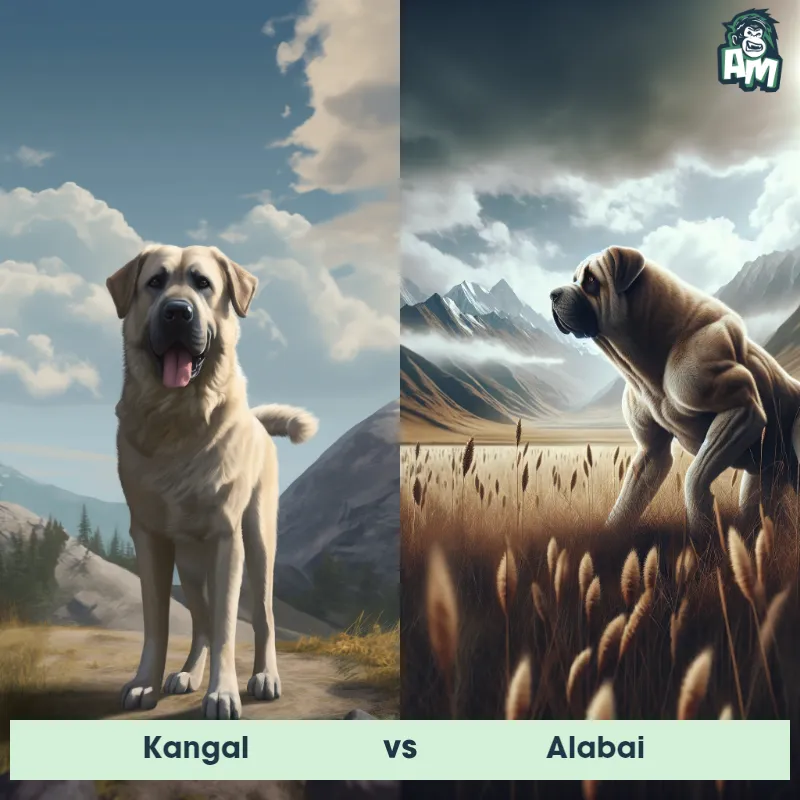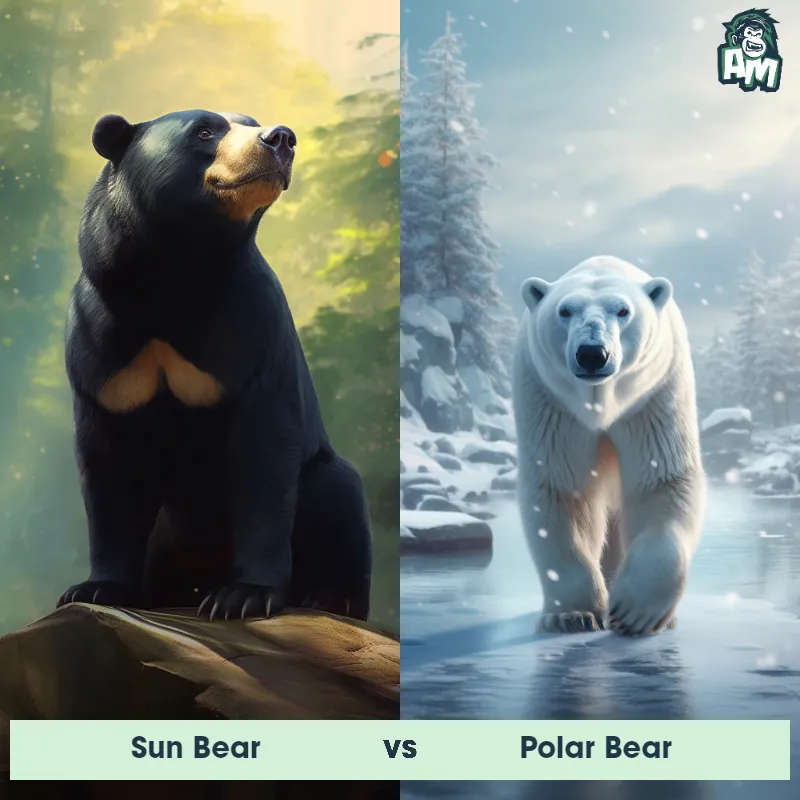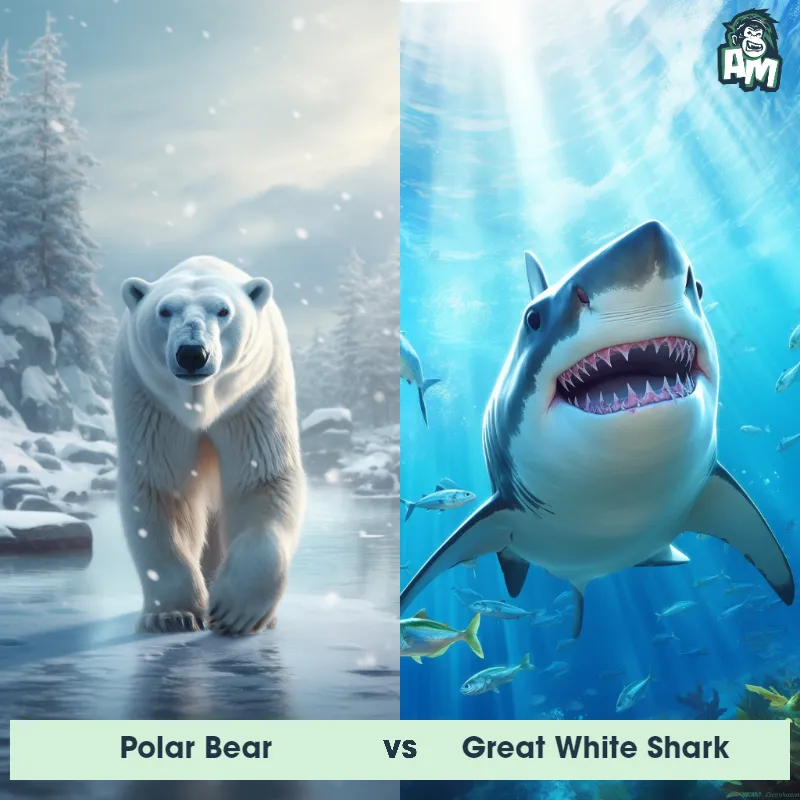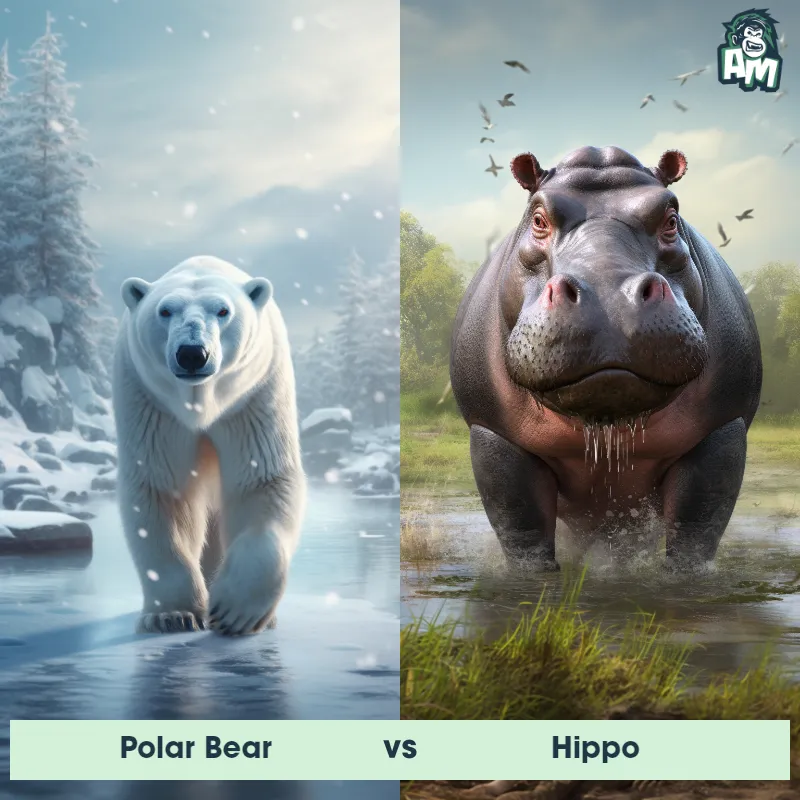Gray Wolf vs Grizzly BearSee Who Wins
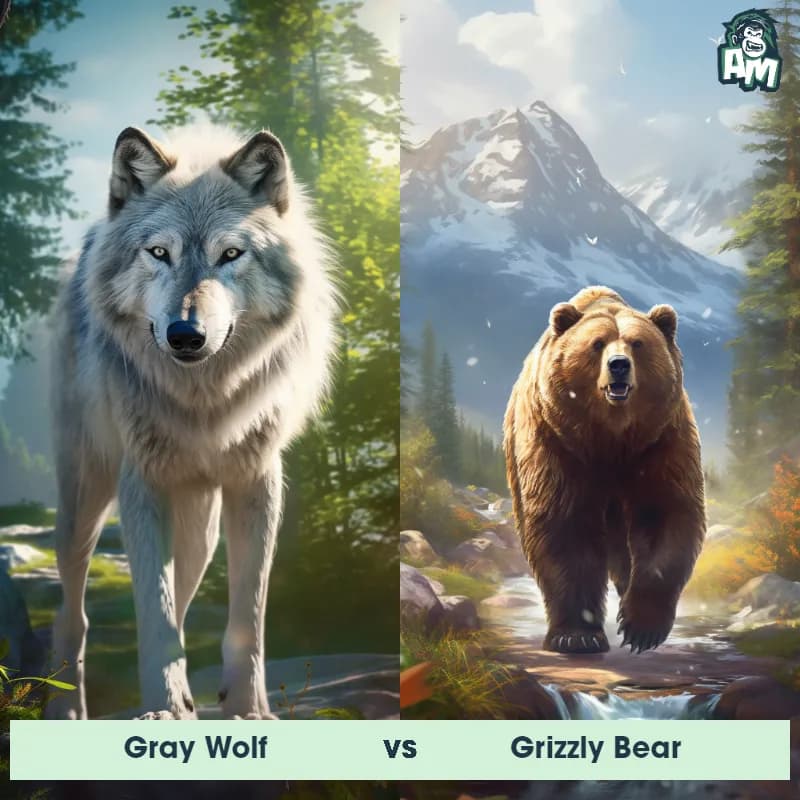
Today, we bear witness to a monumental battle between two apex predators of North America: the agile Gray Wolf, a symbol of the wild, and the mighty Grizzly Bear, the powerhouse of the forests. Both have earned their legendary reputations in the wild, but who will reign supreme in this ultimate showdown?
Contender 1: Gray Wolf
The Gray Wolf, also known as the timber wolf, is a large canine species found in North America, Eurasia, and parts of Africa. They have a thick, grayish-brown fur coat, a bushy tail, and a strong, muscular build. Gray wolves are highly social animals that live in packs, with a dominant alpha male and female leading the group. They are skilled hunters and can take down prey much larger than themselves, such as elk and bison.
Fun Fact: Gray wolves have a complex communication system that includes howling, growling, and body language, allowing them to communicate with each other over long distances.
Contender 2: Grizzly Bear
The Grizzly Bear, also known as the North American Brown Bear, is a large mammal that can weigh up to 600 pounds and stand up to 8 feet tall on its hind legs. They have distinctive humps on their shoulders, long claws, and a concave facial profile. Grizzly Bears are omnivores and can be found in North America, primarily in Alaska and western Canada.
![[object Object] Gif](https://tenor.com/view/fighting-match-quarrel-brawl-battle-gif-15965644.gif)
Fun Fact: Grizzly Bears have an incredible sense of smell and can detect food from miles away, making them excellent hunters and scavengers.
Matchup Stats
| Gray Wolf | Grizzly Bear | |
|---|---|---|
| Size | 2-3 feet (0.6-0.9 meters) at the shoulder | Up to 8 feet tall (2.4 meters) |
| Weight | 70-110 pounds (32-50 kilograms) | Up to 600 pounds (272 kilograms) |
| Speed | Speed: 40 mph (64.37 km/hr) | Speed: 30 mph (48.28 km/hr) |
| Key Strength | Powerful jaws and sharp teeth | Powerful jaws and sharp claws |
| Biggest Weakness | Vulnerable to attacks on the neck and throat | Slow movement and vulnerability to attacks from behind |
Current Votes
Gray Wolf vs Grizzly Bear
See Who Wins
View More Matches
Looking For More?
Similar Matches
Scientific Stats
| Gray Wolf | Grizzly Bear | |
|---|---|---|
| Scientific Name | Canis lupus | Ursus arctos horribilis |
| Family | Canidae | Ursidae |
| Habitat | Forests, grasslands, tundra, and deserts | Forests, meadows, and mountains |
| Geography | North America, Eurasia, and parts of Africa | North America, primarily in Alaska and western Canada |
| Diet | Carnivorous, primarily feeding on large ungulates such as elk and bison | Omnivorous, eats berries, roots, fish, small mammals, and carrion |
| Lifespan | 6 years - 13 years | 20 years - 25 years |
Key Differences between Gray Wolf and Grizzly Bear
- Head and Facial Features: Grizzly Bears have a broad, rounded head with a concave facial profile, while Gray Wolves have a narrower, elongated head with a straight facial profile. Additionally, wolves possess pointed ears, whereas bear ears are rounded.
- Size: Grizzly Bears are considerably larger than Gray Wolves. Adult Grizzlies can weigh between 180-360 kg (and sometimes even more), while Gray Wolves generally weigh between 30-80 kg depending on age, gender, and region.
- Legs and Feet: The legs of the Grizzly Bear are thick and stout, ending in large paws with non-retractable claws. The Gray Wolf, in contrast, has slender legs with smaller paws equipped with retractable claws.
- Body Shape: The Grizzly Bear has a robust and rounded body with a distinctive hump on its shoulders, which is a mass of muscles used for digging. The Gray Wolf has a more streamlined and elongated body suited for running and stamina.
- Tail: The Gray Wolf has a long, bushy tail that can be half the length of its body. The Grizzly Bear has a short tail that is not as noticeable.
- Coat Color and Texture: While both can have a range of color variations, Grizzly Bears usually have brown fur, which can range from dark brown to nearly blonde, often with silver-tipped hairs. Gray Wolves, as their name suggests, typically have a mix of gray, white, black, and brown fur, giving them a mottled appearance. The texture of the wolf's fur is also more dense and fluffy, especially during colder months, compared to the coarser fur of the Grizzly Bear.



